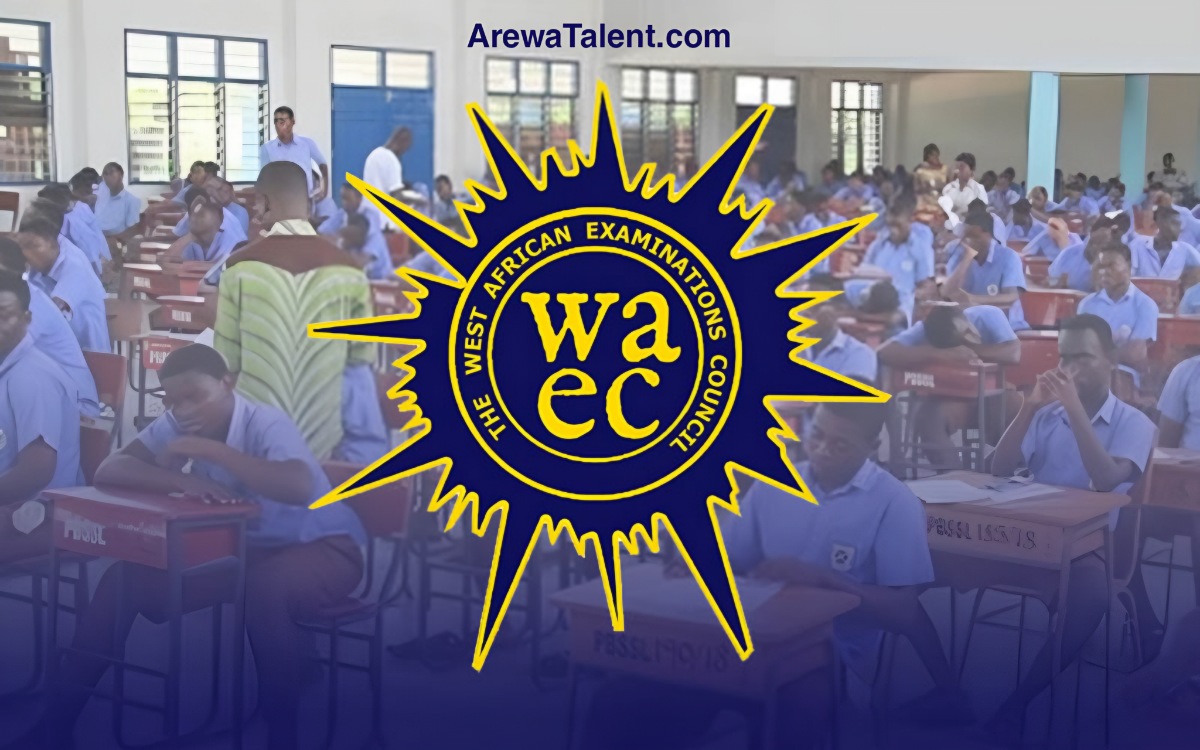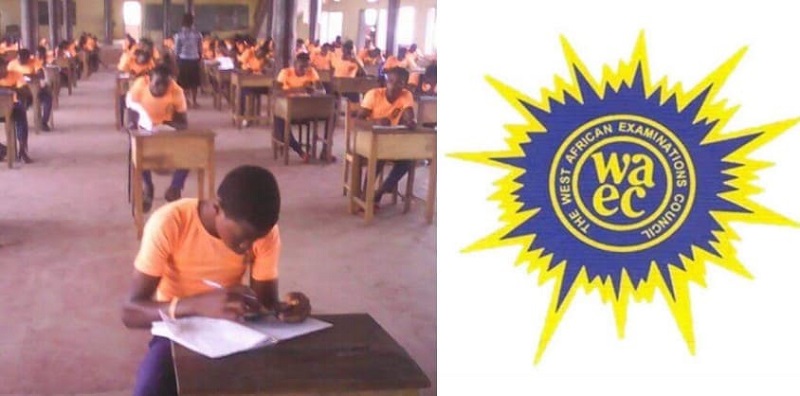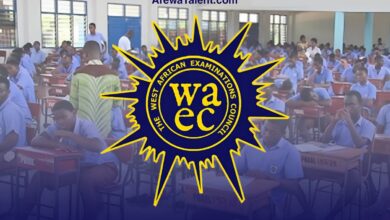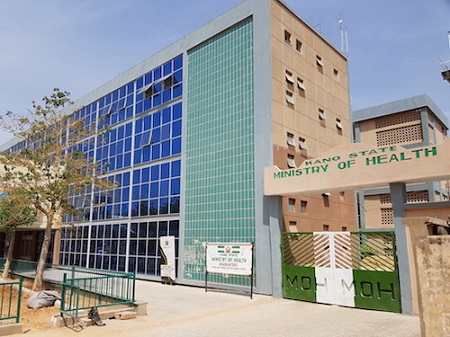WAEC Chemistry 3 (Practical) Questions and Answers 2023: (Alternative B & Specimens)

The Waec Chemistry 3 (Practical) examination is an important component of the West African Examination Council (Waec) Senior Secondary Certificate Examination (SSCE). Candidates are required to demonstrate their practical knowledge and skills in chemistry through a series of experiments and observations. In this article, we will provide you with comprehensive answers to the Waec Chemistry 3 (Practical) questions for the year 2023, specifically focusing on Alternative B.
Waec Chemistry 3 (Practical) Specimen and Schedule
The Waec Chemistry 3 (Practical) examination for 2023 will be conducted on Monday, 19th June 2023. The first set of candidates will write the exam from 09:30 hrs. to 11:30 hrs., while the second set will write from 12:00 hrs. to 14:00 hrs. The paper will follow the Waec Chemistry practical alternative A format.
To adequately prepare for the examination, candidates need to familiarize themselves with the apparatus, materials, and specimens that will be used. The following are the required apparatus and materials for each candidate:
- One burette of 50cm³ capacity.
- One pipette, either 20cm³ or 25cm³.
- The usual apparatus for titration.
- The usual apparatus and reagents for qualitative work, including dilute sodium hydroxide solution, dilute hydrochloric acid, dilute trioxonitrate(V) acid, silver trioxonitrate(V) solution, acidified potassium dichromate solution, aqueous ammonia, lime water, red and blue litmus paper, and dilute tetraoxosulphate(VI) acid.
- Spatula.
- Filtration apparatus.
- One beaker.
- One boiling tube.
- Four test tubes.
- Methyl orange as an indicator.
- Mathematical table/calculator.
- Wash bottle containing distilled/deionized water.
- A burning splint.
- Watch glass.
- Bunsen burner/source of heat.
- Droppers.
Additionally, each candidate will be supplied with specific solutions and specimens, labeled according to their serial number.
Answering the Waec Chemistry 3 (Practical) Questions
Question 1: Titration and Calculations
The first question requires candidates to perform titration using an acid solution (A) and a sodium hydroxide solution (B). The titration is carried out using a burette and methyl orange as an indicator. The goal is to determine the average volume of solution A used.
To calculate the average volume of solution A used, candidates should record the burette readings for each titration. These readings include the initial and final burette readings, as well as the volume of acid used for each titration. By taking the average of these values, candidates can determine the average volume of solution A used.
Question 2: Mole Ratio and Concentration
The second question involves calculating the number of moles of acid in the average titre, the number of moles of sodium hydroxide in the volume of solution B, and the mole ratio of acid to base in the reaction. Candidates are provided with the necessary information, including the concentration of solution A and the mass of sodium carbonate in solution B.
To calculate the number of moles of acid in the average titre, candidates need to multiply the concentration of solution A by the volume used. Similarly, the number of moles of sodium hydroxide in solution B can be calculated by dividing the mass of sodium carbonate by its molar mass and multiplying by the concentration of solution B.
The mole ratio of acid to base can be determined by comparing the number of moles of acid and sodium hydroxide. This will provide insight into the stoichiometry of the reaction.
Question 3: Qualitative Analysis
The third question involves qualitative analysis of a mixture of two salts (C). Candidates are required to carry out several tests and record their observations, including any gases evolved. The goal is to identify the salts present in the mixture.
The tests include adding water to the mixture, adding potassium dichromate solution and heat to the filtrate, and adding sodium hydroxide solution to the residue. Observations and conclusions should be recorded for each test.
Question 4: Explanation of Processes
The fourth question requires candidates to explain the observations in two different processes. The first process involves bubbling carbon(IV) oxide through lime water, while the second process involves the solubility of calcium hydroxide and lead (II) hydroxide in excess sodium hydroxide solution.
Candidates should explain that the milkiness observed when carbon(IV) oxide is bubbled through lime water is due to the formation of insoluble calcium carbonate. The milkiness disappears over time because the carbon(IV) oxide reacts with the calcium carbonate to form soluble calcium hydrogen carbonate.
The insolubility of calcium hydroxide in excess sodium hydroxide solution can be explained by the fact that calcium hydroxide is not amphoteric and does not react with the alkali. On the other hand, lead (II) hydroxide is amphoteric and reacts with excess sodium hydroxide.
Question 5: Primary Standard Solution and Mass Calculation
The fifth question involves explaining what a primary standard solution is and calculating the mass of sodium trioxocarbonate(V) required to prepare a given volume and concentration of solution.
Candidates should define a primary standard solution as a solution with a known concentration that can be used to standardize other solutions. To calculate the mass of sodium trioxocarbonate(V) required, candidates need to use the given concentration and volume of the solution, as well as the molar mass of sodium trioxocarbonate(V).
Question 6: Collection of Gases
The final question requires candidates to name a gas that can be collected by upward displacement of air and a gas that can be collected by downward displacement of air.
Candidates should identify carbon(IV) oxide as a gas that can be collected by upward displacement of air. Other gases that can be collected this way include sulphur (IV) oxide, hydrogen chloride, oxygen, nitrogen (IV) oxide, chlorine, and hydrogen sulphide.
For the gas that can be collected by downward displacement of air, candidates should name ammonia, oxygen, hydrogen, and methane.
Conclusion
In this article, we have provided comprehensive answers to the Waec Chemistry 3 (Practical) questions for the year 2023, focusing on Alternative B. By understanding the experimental procedures, calculations, and qualitative analysis involved in the examination, candidates can adequately prepare and increase their chances of success. Remember to use this information as a revision guide and avoid falling victim to scams promising access to live question papers before the exam. Good luck with your preparations!














